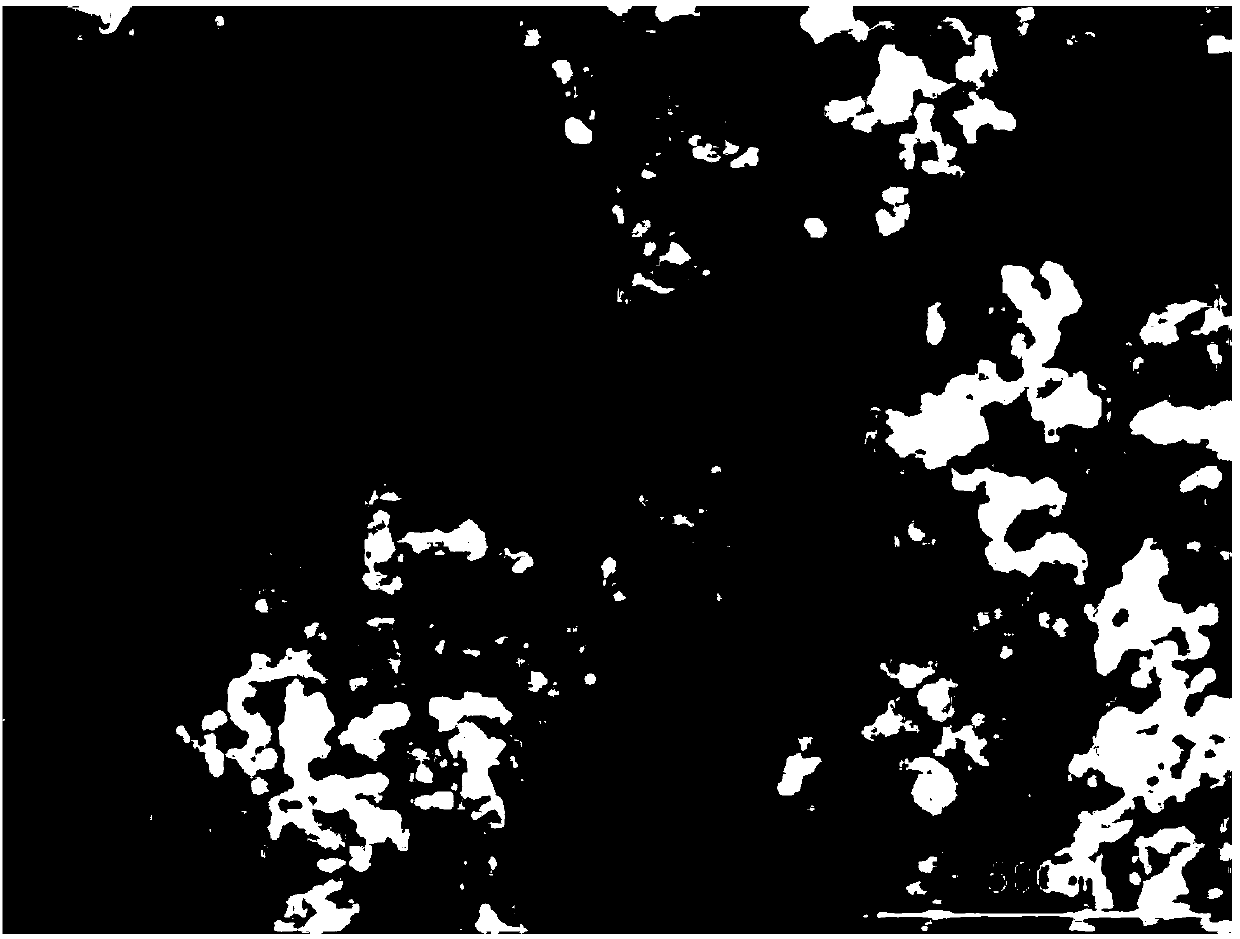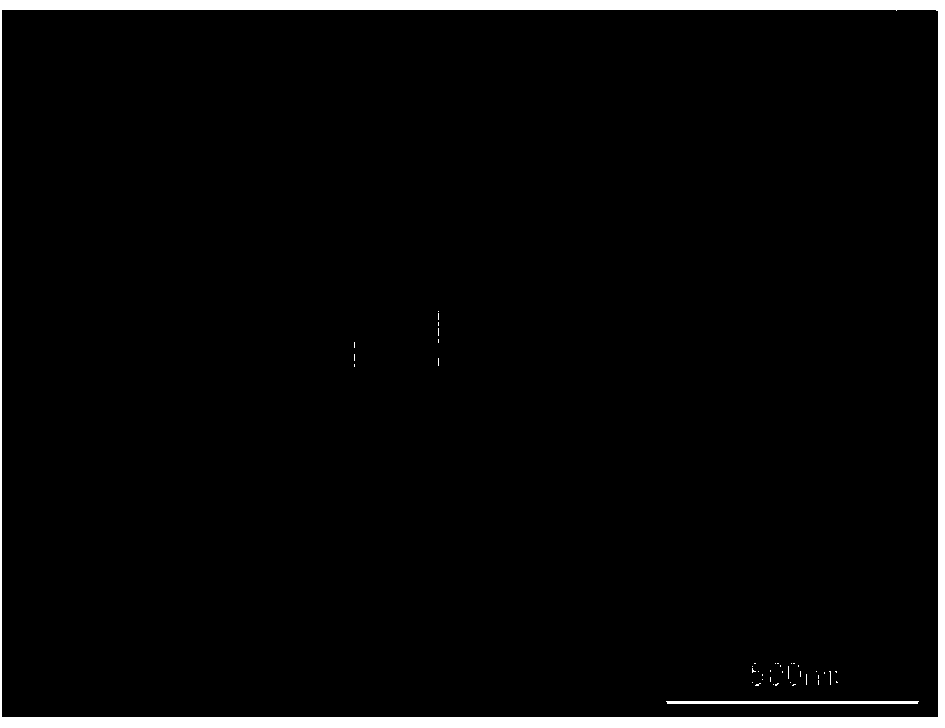Method for detecting whether nanoparticles exist in organ tissues or not
A nanoparticle and tissue technology, which is applied in the direction of material analysis by measuring secondary emissions, can solve the problems of cumbersome nanoparticle methods and high cost, and achieve the effects of easy operation, reduced difficulty, and convenient search
- Summary
- Abstract
- Description
- Claims
- Application Information
AI Technical Summary
Problems solved by technology
Method used
Image
Examples
specific Embodiment approach 1
[0016] Specific embodiment one: the method for detecting whether there are nanoparticles in the organ tissue in this embodiment is carried out according to the following steps:
[0017] 1. Wash the organ tissue with PBS buffer, take 0.3-0.5g into a centrifuge tube, add 500μL RIPA lysate, and break;
[0018] 2. Add 500 μL RIPA lysate to the centrifuge tube, shake and mix well to obtain tissue fluid, and filter the tissue fluid with a filter to obtain filtrate;
[0019] 3. Take the filtrate and place it in a new centrifuge tube, extract it with saturated phenol for 1-3 times, discard the phenol layer, and obtain liquid A;
[0020] 4. Centrifuge liquid A at 14,000 g for 30 minutes, discard the supernatant, and obtain a precipitate;
[0021] 5. Suspend the precipitate with 100-200 μL alcohol, drop it on the surface of the aluminum plate or copper plate, and perform scanning electron microscope detection after the alcohol evaporates;
[0022] 6. After the nanoparticles are observ...
specific Embodiment approach 2
[0024] Embodiment 2: The difference between this embodiment and Embodiment 1 is that the organs and tissues in Step 1 are fresh or frozen. Others are the same as in the first embodiment.
specific Embodiment approach 3
[0025] Embodiment 3: The difference between this embodiment and Embodiment 1 or 2 is that the crushing method in step 1 is ultrasonic crushing or mechanical stirring crushing. Others are the same as in the first or second embodiment.
PUM
 Login to View More
Login to View More Abstract
Description
Claims
Application Information
 Login to View More
Login to View More - R&D
- Intellectual Property
- Life Sciences
- Materials
- Tech Scout
- Unparalleled Data Quality
- Higher Quality Content
- 60% Fewer Hallucinations
Browse by: Latest US Patents, China's latest patents, Technical Efficacy Thesaurus, Application Domain, Technology Topic, Popular Technical Reports.
© 2025 PatSnap. All rights reserved.Legal|Privacy policy|Modern Slavery Act Transparency Statement|Sitemap|About US| Contact US: help@patsnap.com



